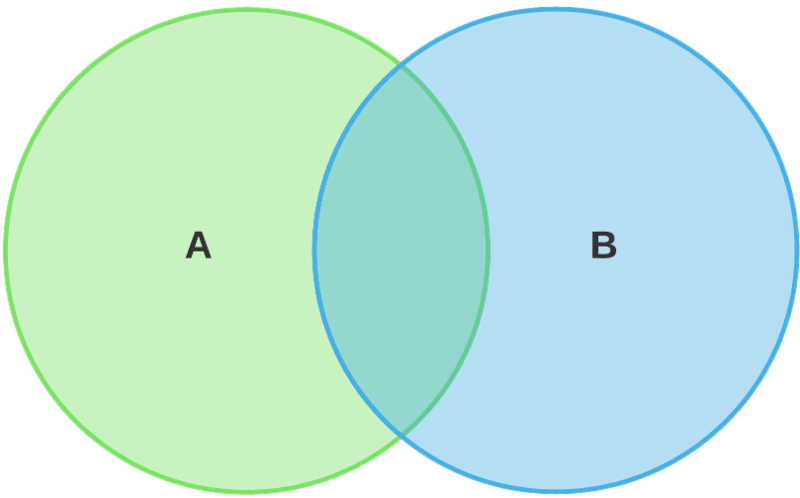It's Hard Getting Started...

I have found it difficult getting started with this series on longarming. And, it's not due to the lack of information, it's because I am constantly struggling on how to begin in an orderly manner.
Every time I start, suddenly the "most important" item in my mind changes.
Quilting Is A Balance
About a decade ago I put a video on our site titled
"You Can Quilt That Out". All of our longarm friends could identify with being asked to do the seemingly impossible! I think many quilters think "of course!"
About the same time I met a longarmer at the Sylvania show that actually boasted that there was nothing that he couldn't quilt without a pinch!
Getting the most out of your quilting depends upon getting the most out of piecing and getting the most out of longarming. It is very much like using a seesaw. If one side doesn't do its job, the other side is left high and dry or down in the dumps.
 It's a little like set theory that we had to learn in school or help our kids with. The "A" is the piecer. The "B" is the longarmer. The union between them is what either can do or make up for the deficiencies in the other. But the total is the finished quilt.
So, if the piecer expects to win big at the fair, the longarmer needs to know. If the quilt is going to the son-in-law who will most likely use it to cover his BMW, the longarmer might want to know that, too. "A" and "B" have to be balanced.
But this series is going to be on the balance between "A" and "B".
Some Borders Are Slap-Happy!
I get several calls a month where the piecer says "I'm going to be right down! I just have to slap a few borders on this!"
I've seen a lot of quilting classes. The one thing I notices is that borders and binding were almost afterthoughts because the classes ran short on time. Sometimes attendees were up-to-the-moment at the beginning of the class and didn't finish the quilt until a year or so later ... months after the discussions on borders and binding had been presented and hence forgotten.
Border Problems
Borders and extremely important to the end-product when you are longarming. Bad borders end up impacting the finished quilt by causing:
- Fullness to be pushed into the center, body of the quilt;
- Corners to come to a point instead of a nice squared 90 degree angle; or,
- Corners to be rounded because there was not enough fabric to allow the corner to be 90 degrees.
This can be very disheartening to many longarmers because they want their work to look beautiful, too.
Remedies For Border Problems
There are many factors causing the border problems. Let's focus on the solution to the problems.
Measure the side borders. Don't just go with the pattern requirements. Compared to your quilt they may be too much [causing lettuce leaf and/or pointed corners] or too little [causing fullness in the center and/or rounded corners].
One of the causes for this incorrect sizing is that everyone's 1/4" seam allowance is a different size. I see tops coming in with 1/2" seams, others with 1/8" seams, and others that vary from the beginning of the seam to the end.
Different size seam allowances can mean that your quilt is longer than the designer anticipated or shorter. This means that your piece may be too short for the quilt or too long, respectively. So, don't just slap on the border until you know what size border you need.
When applying side borders, the proper way is to measure the left side, the right side, and then the center length of the quilt. Get the average length by dividing by 3 [the number of measurements]. You then cut your borders to the average length that you just calculated..
Pin the top and border together. I heard a quilter say once "I don't have to pin!" She was insinuating that she was just "that good." But, pinning is not to help klutzes control the fabric [well, in my case it might]. Pinning is to assure that the top and bottom fabric are sewn as they lay do not move in relationship to each other, and not stretched by the presser foot or walking foot or feed dogs.
Use the same method to calculate the average width of your quilt when applying your
top and bottom borders.
Keep the center square. Once we had a quilt that was 13" longer on one side than the other. With a quilt center so out of square nothing could be done. Keeping the center of the quilt square WHILE it is being pieced will go a long way to being able to attach flat borders.
Is that all there is? No! but those will be covered in other newsletters.
|